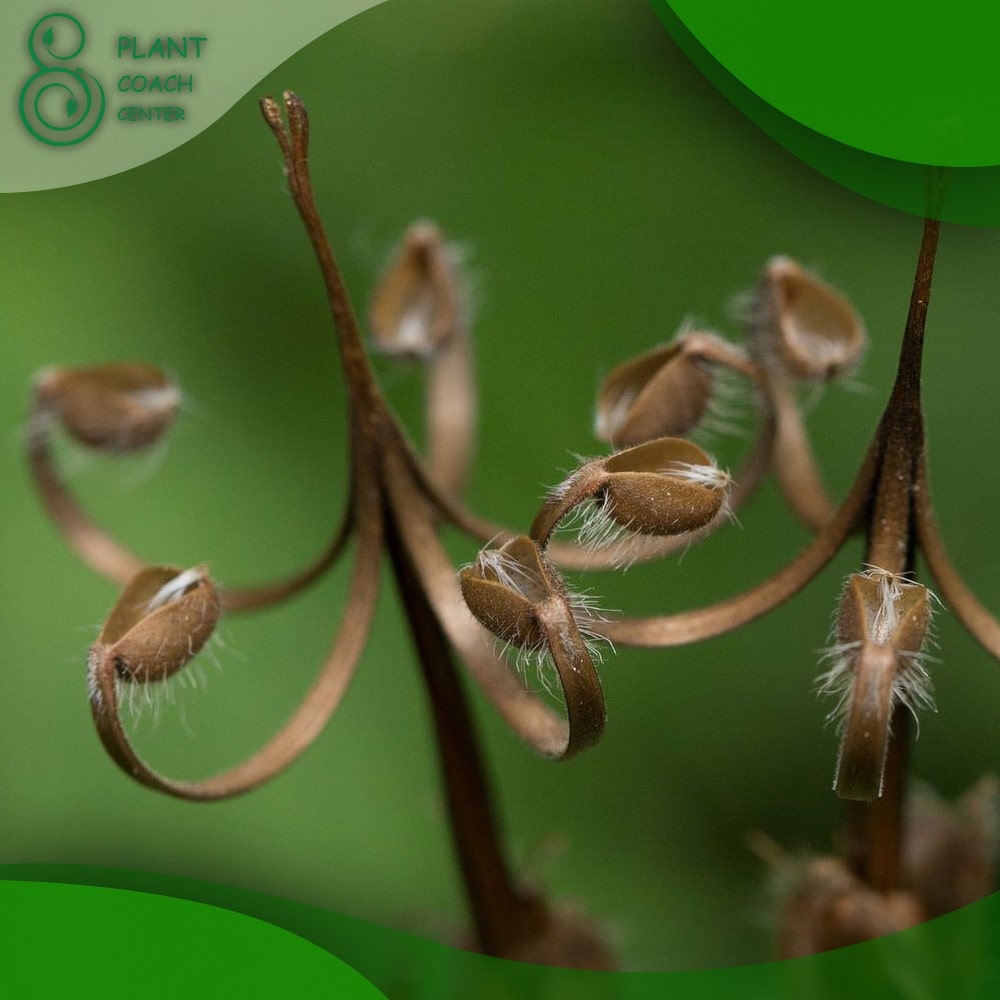When to Plant Geranium Seeds
Planting geranium seeds at the right time is crucial for their successful growth and development. Understanding the ideal conditions and timing for germination can help you establish healthy geranium plants that bloom beautifully. In this comprehensive guide, we will explore the factors involved in determining when to plant geranium seeds, covering the seed types, climate considerations, germination requirements, and step-by-step planting techniques.
At PlantCoachCenter.com, we strive to provide valuable information and guidance to help plant enthusiasts like you achieve gardening success. Let’s dive into the world of geraniums and learn when and how to plant their seeds for optimal results.
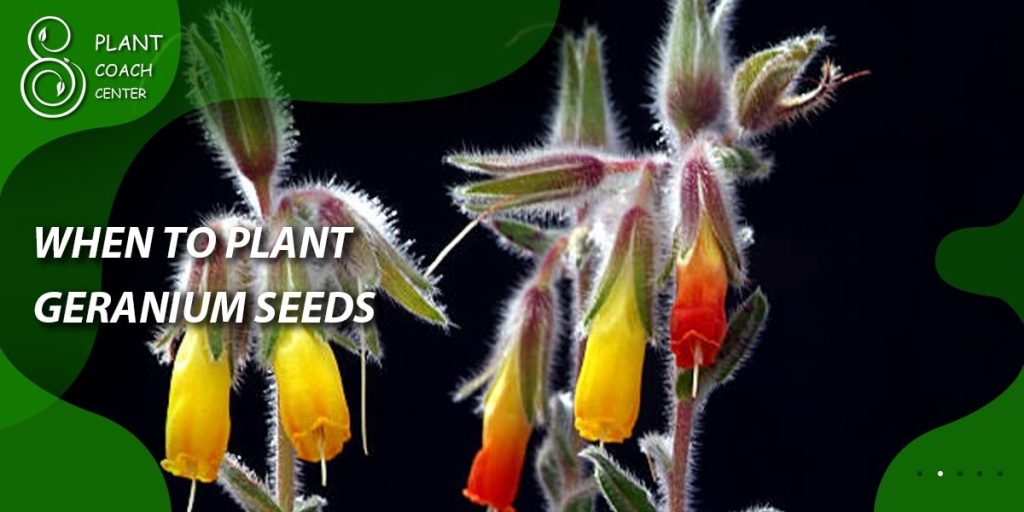
Understanding Geranium Seeds
Geranium seeds come in various types and varieties, each with its own unique characteristics and requirements. Understanding the anatomy of geranium seeds and their germination process sets the foundation for successful planting.
Geranium Seed Types and Varieties
– Common geraniums (Pelargonium x hortorum)
– Ivy geraniums (Pelargonium peltatum)
– Regal geraniums (Pelargonium domesticum)
– Scented geraniums (Pelargonium graveolens)
– Unique geranium varieties (e.g., zonal, stellar, and angel geraniums)
Characteristics and Anatomy of Geranium Seeds
– Seed size, shape, and color
– Seed coat thickness and texture
– Embryo dormancy and viability
– Germination inhibitors and promoter factors
Germination Requirements and Factors Affecting Seed Viability
– Optimal temperature and light conditions for germination
– Moisture requirements and seed hydration techniques
– Scarification and stratification methods to break dormancy
– Impact of seed age and storage conditions on viability
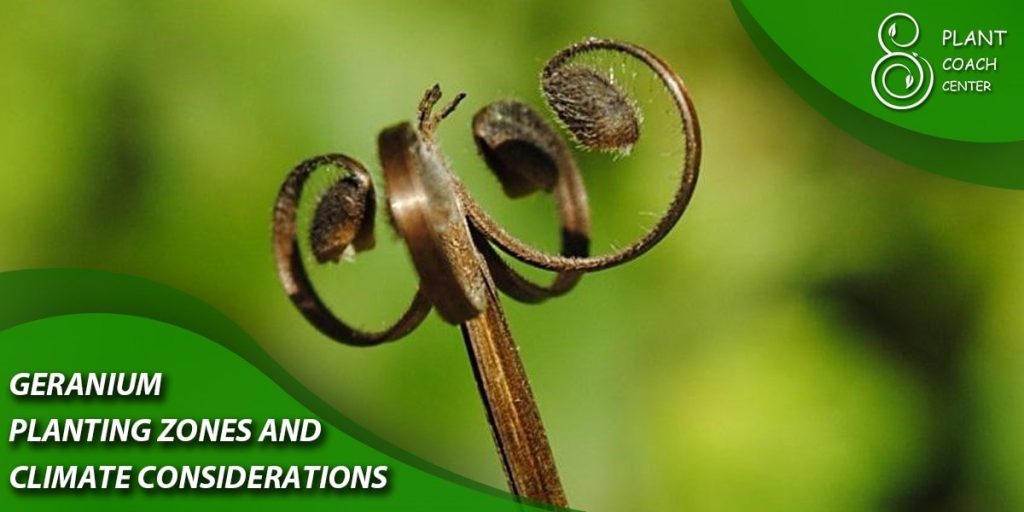
Geranium Planting Zones and Climate Considerations
The climate in your region plays a crucial role in determining the suitable time for planting geranium seeds. Understanding your plant hardiness zone and the adaptability of geraniums to different climates helps you make informed decisions.
Identifying Your Plant Hardiness Zone
– Importance of the USDA Hardiness Zone Map
– Locating your specific plant hardiness zone
Geraniums and Their Adaptability to Different Climates
– Geraniums as annuals, perennials, and tender perennials
– Heat tolerance and sun exposure requirements
– Cold tolerance and frost sensitivity
Choosing the Right Geranium Variety for Your Climate
– Matching geranium varieties to your climate zone
– Seeking local gardening advice and recommendations
– Exploring hybrid varieties for improved climate adaptability
Determining the Best Time to Plant Geranium Seeds
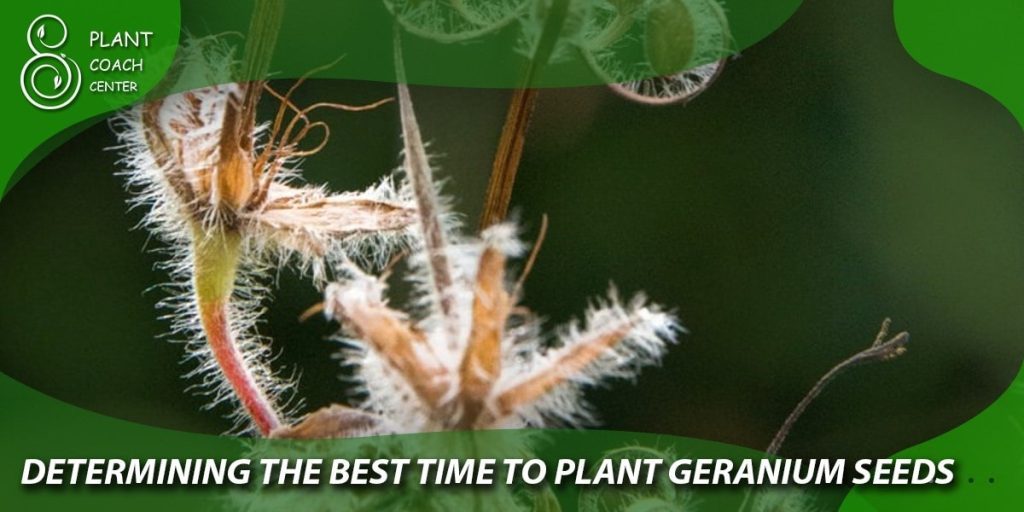
To ensure successful germination and healthy growth, it’s important to consider various factors when deciding the optimal timing for planting geranium seeds. Let’s explore these factors in detail.
Timing Based on Local Frost Dates
– Understanding the last frost date in spring
– Adjusting planting time to avoid frost damage
– Utilizing weather forecasts and historical data
Germination Period and Seedling Growth Rate
– Estimating the germination period for geranium seeds
– Considering the time required for seedlings to reach transplant size
– Planning ahead for desired blooming time
Considering the Length of Your Growing Season
– Determining the duration of your local growing season
– Aligning geranium seed planting with the available timeframe
– Maximizing the growth potential within the given season
Adjusting Planting Time for Indoor Geranium Seeds
– Starting geranium seeds indoors for an early start
– Calculating the ideal indoor seed starting date
– Transplanting seedlings outdoors at the appropriate time
Preparing for Geranium Seed Planting
Proper preparation is key to successful geranium seed planting. From seed selection to creating the ideal growing conditions, these steps will set the stage for healthy germination.
Seed Selection and Quality Assessment
– Choosing high-quality geranium seeds
– Checking for freshness and viability
– Evaluating seed suppliers and reputable sources
Seed Starting Techniques: Direct Sowing vs. Indoor Seed Starting
– Exploring direct sowing for suitable climates
– Benefits and considerations of starting seeds indoors
– Determining the most suitable method for your situation
Seed Starting Containers and Growing Mediums
– Selecting appropriate containers or trays
– Exploring soilless mixes or germination media
– Ensuring proper drainage and aeration
Providing Optimal Conditions for Germination
– Temperature and light requirements for germination
– Utilizing heat mats or germination chambers
– Ensuring adequate air circulation and ventilation
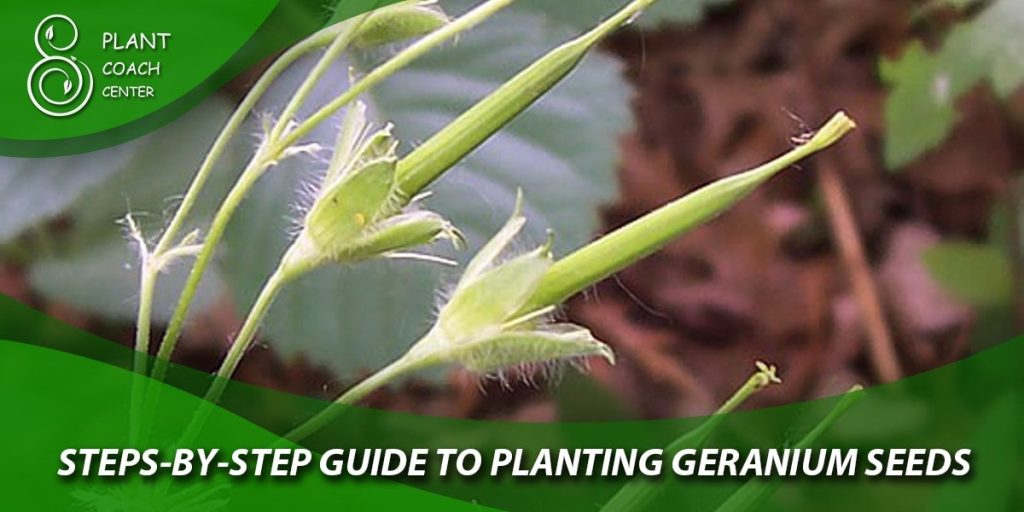
Step-by-Step Guide to Planting Geranium Seeds
Now that you have prepared the necessary tools and conditions, it’s time to dive into the step-by-step process of planting geranium seeds for successful germination and healthy seedling growth.
Soil Preparation and Seedling Bed Setup
– Choosing the right location for your seedling bed
– Preparing the soil for optimal drainage and fertility
– Incorporating organic matter and amendments if needed
Proper Seed Sowing Techniques
– Understanding the ideal seed depth and spacing
– Sowing geranium seeds evenly and gently
– Labeling and organizing your seedling trays or containers
Watering and Moisture Management
– Watering seeds gently to avoid displacement
– Maintaining consistent moisture levels
– Using bottom watering or misting techniques
Light and Temperature Requirements
– Providing adequate light for germination
– Utilizing grow lights or natural sunlight
– Monitoring and adjusting temperature conditions
Managing Pests and Diseases during Seedling Stage
– Preventing common pests and diseases
– Implementing organic pest control methods
– Recognizing and addressing early signs of issues
Geranium Seedlings: Care and Maintenance
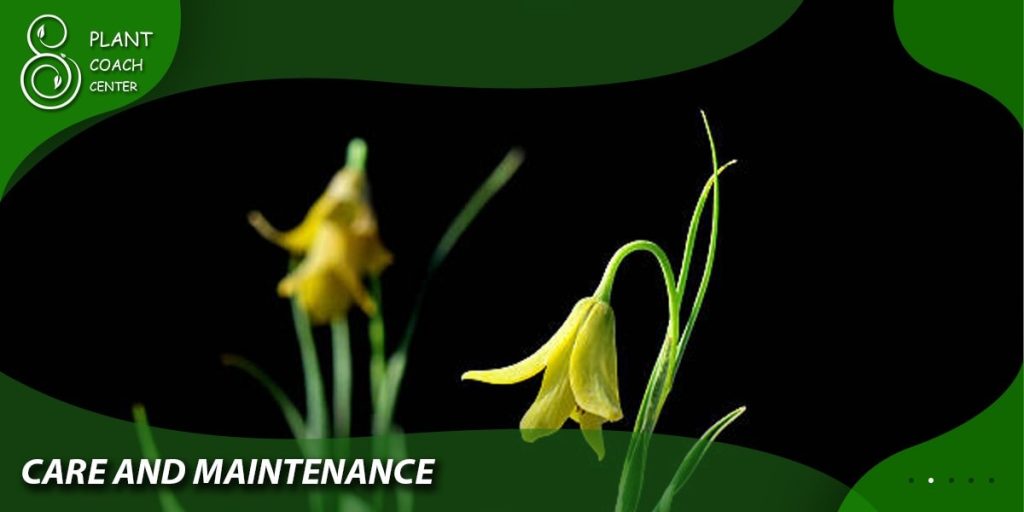
Once your geranium seeds have germinated and the seedlings have emerged, it’s essential to provide proper care and maintenance to ensure their healthy development.
Thinning and Transplanting Seedlings
– Recognizing overcrowded seedlings
– Thinning out weaker seedlings for optimal spacing
– Transplanting seedlings into larger containers if necessary
Feeding and Fertilizing Geranium Seedlings
– Choosing appropriate fertilizers for seedlings
– Applying balanced nutrients for healthy growth
– Avoiding over-fertilization and nutrient burn
Adequate Watering and Irrigation Practices
– Watering seedlings carefully to prevent waterlogging
– Allowing the soil to dry slightly between watering
– Adjusting watering frequency based on environmental conditions
Providing Proper Air Circulation and Ventilation
– Promoting airflow to prevent diseases
– Using fans or gentle air circulation methods
– Avoiding excessive drafts or strong winds
Common Issues and Troubleshooting Tips
– Identifying and addressing common seedling problems
– Dealing with damping-off, leggy growth, or nutrient deficiencies
– Seeking advice from gardening experts if needed
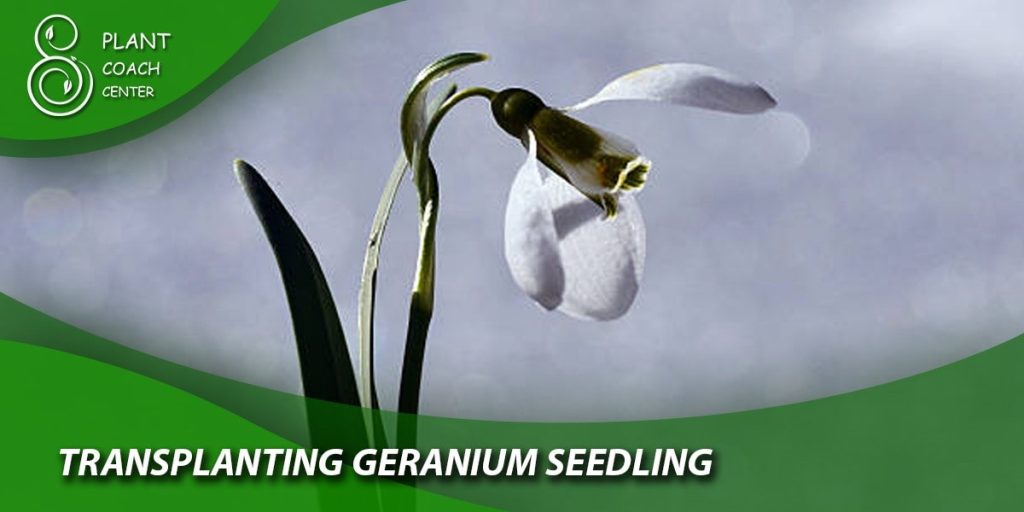
Transplanting Geranium Seedlings
As your geranium seedlings grow and reach a suitable size, it’s time to transplant them into their final growing locations. Proper transplanting techniques ensure a smooth transition and continued growth.
Harden Off Seedlings
– Gradually acclimating seedlings to outdoor conditions
– Exposing seedlings to increasing sunlight and temperature
– Protecting seedlings from extreme weather during hardening off
Choosing the Right Planting Location
– Selecting a location with appropriate sunlight and soil conditions
– Considering spacing requirements for mature geranium plants
– Taking into account companion planting considerations
Preparing the Planting Area
– Clearing weeds and debris from the planting site
– Loosening the soil and incorporating organic matter
– Addressing drainage issues if present
Digging Planting Holes
– Digging holes slightly larger than the root ball
– Ensuring proper spacing between plants
– Making sure the holes are deep enough for the root system
Transplanting Geranium Seedlings
– Gently removing seedlings from their containers
– Handling the seedlings by the root ball to minimize damage
– Placing the seedlings in the prepared holes and backfilling with soil
Watering and Mulching
– Watering the transplanted seedlings thoroughly
– Applying a layer of organic mulch around the plants
– Monitoring soil moisture levels and adjusting watering as needed
Post-Transplant Care
– Protecting transplanted seedlings from direct sunlight and extreme weather
– Monitoring for any signs of transplant shock or stress
– Providing ongoing care, including watering, fertilizing, and pruning
Conclusion
Understanding the optimal timing for planting geranium seeds is essential for successful germination and healthy plant growth. By considering factors such as seed type, climate, germination requirements, and proper planting techniques, you can ensure a thriving geranium garden. Remember to adjust the planting time based on your local frost dates, the length of the growing season, and your desired blooming period.
For personalized advice and further information, consider consulting local gardening resources or experts at [PlantCoachCenter.com] (https://www.plantcoachcenter.com). Their expertise and guidance will assist you in achieving gardening success with geraniums, from seed to blooming beauty.
Happy planting and enjoy the vibrant colors and delightful blooms of your geraniums!
When should I plant geranium seeds?
Spring.
Can I plant geranium seeds in summer?
Yes.
Is it okay to plant geranium seeds in fall?
No.
When is the best time to sow geranium seeds?
Early spring.


